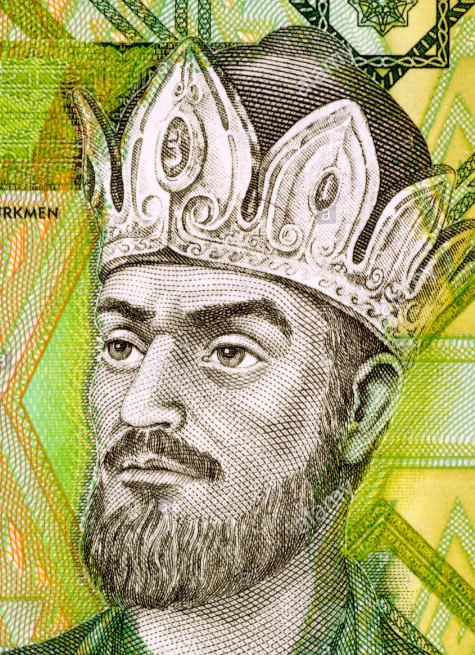As Constantine IX leaves the stage we see him desperately searching for ways to raise tax revenue.
Period: 1054-55
Download: End of Act Two
RSS Feed: The History of Byzantium
If you want to send in feedback to the podcast:
– Either comment on this post.
– Or on the facebook page.
– Leave a review on Itunes.
– Follow me on Twitter


As someone who most enjoys the big picture stuff, the cutting summaries of the large scale economic/social/political forces driving events, this was my favorite episode since either the Triumph of Orthodoxy or the 3 episodes covering the reign of Nikephoros I.
Speaking of which, Nikephoros I think provides an alternative archetype for the ruler Byzantium needed at this moment: a financial wizard and far seeing statesmen who was able to anticipate how the Empire’s institutions would need to change to deal with the next century of geopolitics.
Interestingly, he was no more legitimate than Monomachos was when he took office, and yet he took all kinds of unpopular decisions (crackdowns on tax evasion, forced migrations, forced loans issued by the state) and didn’t face any serious internal threats as far as we can tell before the Bulgars cut his head off. I wonder what political advantages he had that Constantine didn’t. Were the ecclesiastical elites so terrified of an iconoclast successor to Irene and so were willing to back any emperor who would protect them, even one who raised their taxes? Did the circle of civilian elites that had formed around Irene that he retained defend him vigorously? Was the military still totally beaten down by Irene’s purges? Was he actually a far better political animal than the portrait drawn by Theophanes suggests?
A fantastic comparison, love it 🙂 You are right that is the sort of figure that the Empire needed urgently.
I suspect the difference lies in the power of the state versus the people. In 800 Constantinople dominated its hinterlands far more than in 1050. In part because the Empire was much smaller and the elites even more dependent on the government for their wealth and security. Nicephorus did not have to face either a magnate class with a track record of military success or a population at the capital who had overthrown his predecessor. Even then Nicephorus felt the need to gain military prestige to bolster his legitimacy.
There is another interesting piece of legacy to Constantine XI Monomachos in that his name survived in Russian history as a mark of royalty.
Constantine XI had married an unknown relative of his to the favorite son and eventual heir of Yaroslav the Wise. The only son born from this marriage used his mother’s surname and eventually took the throne in Kiev as Vladimir II Monomakh (Monomachos) – at a time of decentralization and frequent civil war among the Rus princes, he used his relation to the Roman Emperor to boost the strength of his claim. (He will later enter the Byzantine story by invading on behalf of a pretender.) His descendants often dominated the throne in Kiev (which was kind of a game of musical chairs among the grand princes) and after its fall to the Mongol sack continued to be the strongest of the Russian princes, eventually ending up as the Grand Princes of Moscow and finally the Tsars of Russia.
The crown of the Russian Tsars, the main symbol of their office, was named the “Monomakh’s Cap”. The Grand Princes of Moscow, who had intermarried with the refugee remnants of the Palaiologos dynasty following the fall of Constantinople in 1453, invented the story that Constantine XI Monomachos had crowned the Rus Prince with the Cap, making the Grand Princes of Moscow twice related to the Roman Emperors and thus able to claim the title of Tsar and named Moscow the “Third Rome”. The crown fell out of use with the Western-oriented Peter the Great, but was still displayed in coronation ceremonies and remained a symbol of imperial power and prestige until the fall of the Russian Empire.
So while Monomachos left the Byzantine Empire on the edge of a precipice, he also ruled the Empire at its peak (since the Arab Conquest), which deeply impressed the Rus neighbors to the north. Monomachos failed to found a dynasty, but his name lived on for centuries anyway. This might be another sign of the dynamic observed before and after Manzikert – the Roman elites failed to react to the grave Turkish threat and fought over the offices and honors around the capital, in part because from the elites’ perspective the Empire was in an age of prosperity.
Very interesting